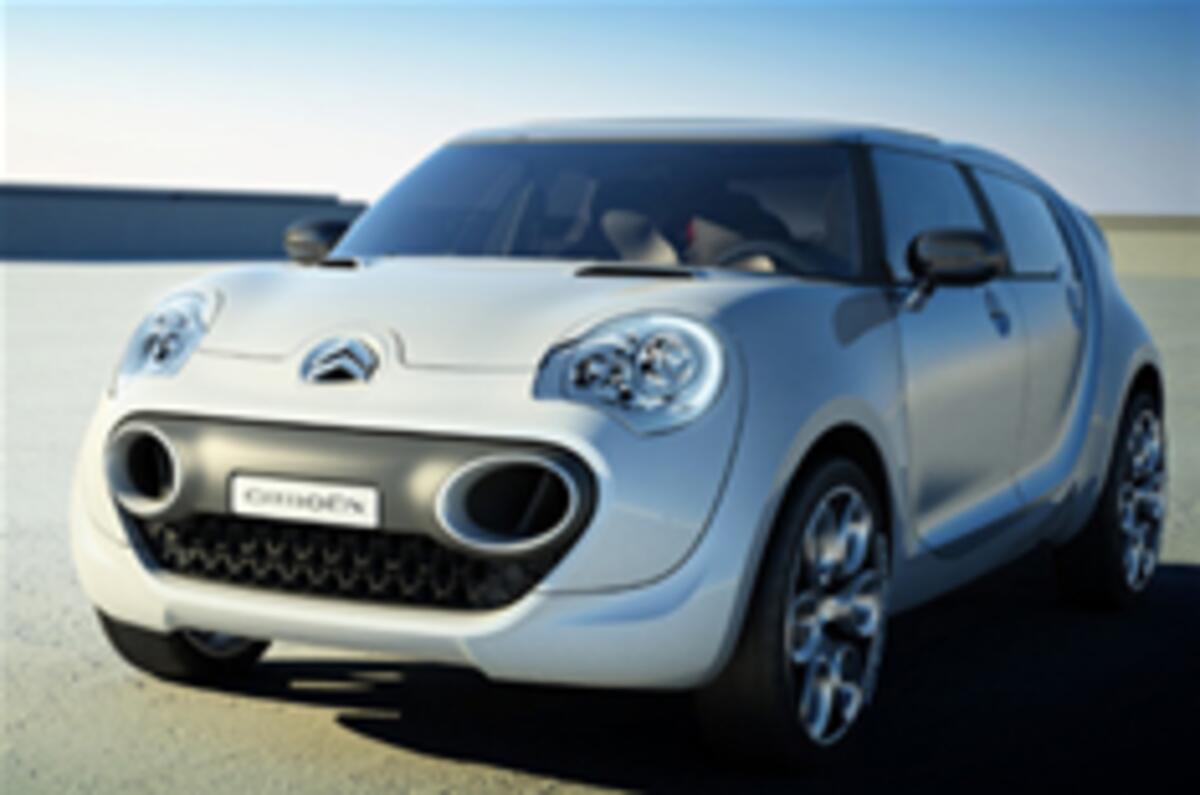Meet the C-Cactus, Citroen's spiky concept car, which makes its public debut at the Frankfurt motor show next week.The C-Cactus is a C4-based concept – 4.2 metres long and 1.8 wide – that's designed to show that ecological cars don't need to be boring, and that they can be affordable.It is powered by a 1.4-litre 70bhp HDi diesel engine mated to a 30bhp electric motor and a five-speed automatic transmission. Fuel economy is a claimed 83mpg, and emissions are just 78g/km, helped by a low 1306kg kerbweight and an electric-only mode around town."Like the plant it is named after, it is low on consumption," says Citroen. Weight has been minimised by abandoning "features that are not essential to comfort and to focus instead on technology, styling and equipment."Parts have been pared down to a bare minimum: inside there's no dashboard as such, with all the major controls on the centre console and the fixed hub of the steering wheel. The door panels are formed from two mouldings rather than the more usual 12, and the windows open only on very basic sliding mechanisms. "Using the air conditioning makes it virtually unnecessary to open the windows," says Citroen.The moulding that at the front forms the surround to the bumper and headlights, and houses the double chevron Citroen logo, is the same as the part that makes the lower half of the tailgate at the back, theoretically making it cheaper to manufacture.There are also plenty of natural and recyclable materials in the cabin, from cork to leather off-cuts that would otherwise be thrown away. The felt on the fascia and door panels is made of wool.Top speed is limited to 95mph (155km/h) for 'environmental reasons', and similarly the tyres are not overly wide, at 205/45.It's not all hair shirts and lentils, either: there's a decent hi-fi with MP3 player, a panoramic glass roof and those narrow-ish tyres are fitted to rather tasty 21-inch chromed rims.Don't expect the C-Cactus to be appearing on your local high street anytime soon, but do expect many of its concepts to make their way into production.
The Citroen that's designed to prick your conscience without damaging your street cred
Close
Join our WhatsApp community and be the first to read about the latest news and reviews wowing the car world. Our community is the best, easiest and most direct place to tap into the minds of Autocar, and if you join you’ll also be treated to unique WhatsApp content. You can leave at any time after joining - check our full privacy policy here.





Add your comment